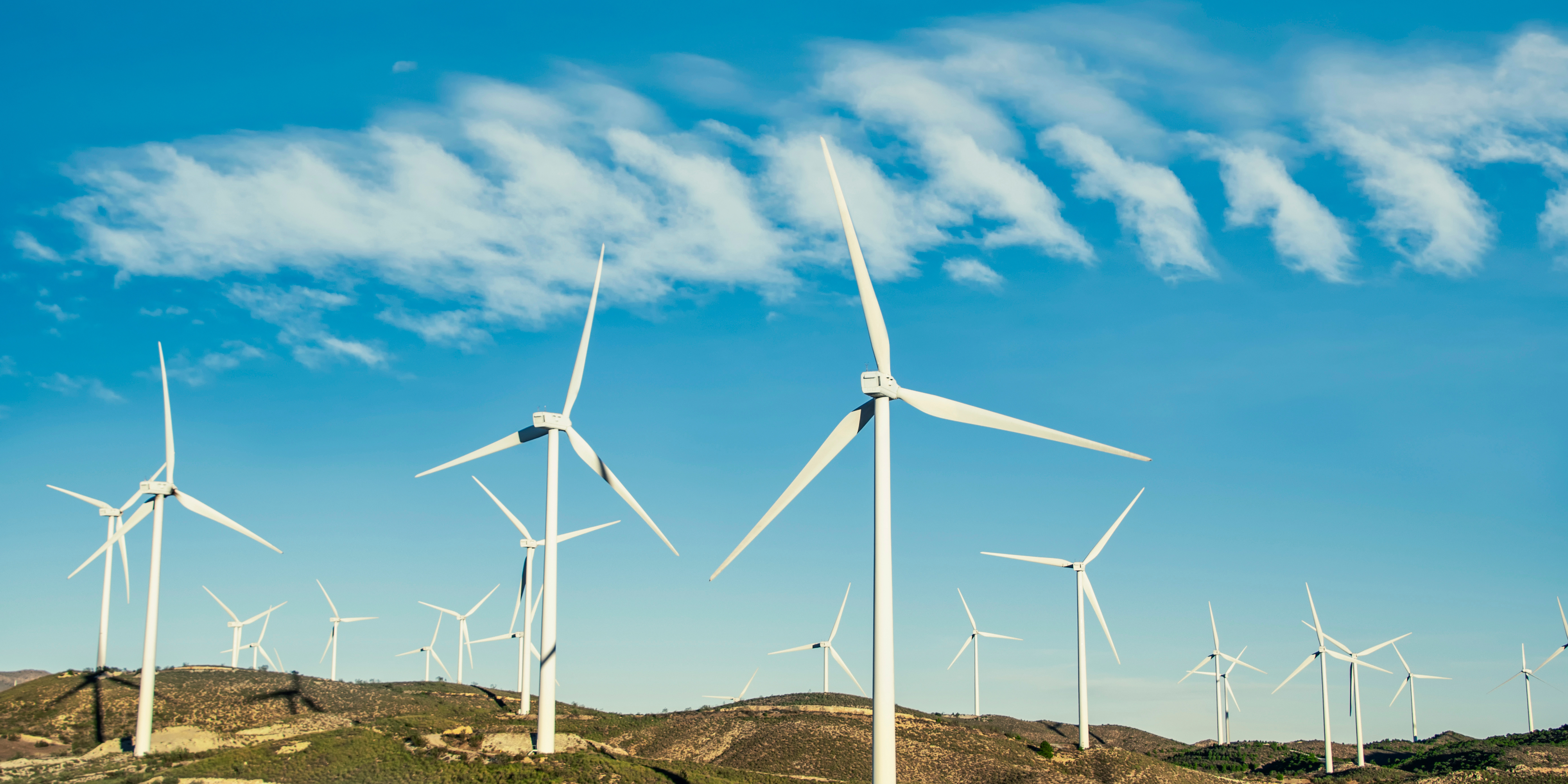How has the wind power market evolved over time?
Find out with us!
vol. 9
22 February 2023
A QUICK INTRODUCTION TO THE WIND POWER MARKET
By Edoardo Simonelli, Eleonora Cacchio
From Scotsman James Blyth’s invention of the first wind turbine to produce electricity in 1887 to the present, wind power has become the second largest source of renewable energy production in the world providing about 21% of the worldwide electrical production as early as 2020 (IRENA), and it is still growing.
When we think of a wind turbine, the horizontal axis wind turbine (HAWT) immediately comes to our mind since it is the most widely used and originally developed type. But there are also vertical axis wind turbines (VAWTs), such as GEVI’s, where the central axis of the rotor and the shaft that rotates the blades is vertical and perpendicular to the wind direction, instead of horizontal and parallel to it.
The first vertical axis wind turbine was patented in 1931 by French engineer Georges Jean Marie Darrieus and was shaped like a kitchen whisk, hence the name “eggbeater windmill“.
Then, to reduce the structural complexity of the Darrieus turbine and increase its efficiency, a wide variety of VAWTs were made in a multitude of shapes: V-shaped configuration, delta configuration, diamond configuration, giro mill configuration, and many others.
However, the main lift-type models of turbines are the egg-shaped Darrieus, the h-type with straight blades that looks like the letter H, and the double helix type with helical blades like a piece of DNA.
The second category of VAWTs is the drag-type, also called Savonius by the Finnish engineer Sigurd Savonius who patented it. It includes wind turbines with a shape like the letter S that are simpler structurally, but way less efficient in power generation than lift-type or so-called Darrieus ones.
Whatever their shape, wind turbines with a diameter smaller than 20 m and nominal power smaller than 100 kW can be classified as small wind turbines and they usually favor simpler regulation and easier installation procedures.
In 2020, the global small wind power market was valued at $ 7.1 billion and was estimated to grow at a CAGR of 8.8% over the next decade, reaching $ 17.1 billion by 2030 (Allied Market Research).
The recent growth of the small wind power segment, which includes a wide variety of wind turbines, from micro turbines to residential and mini turbines, is mainly due to the progressive saturation of onshore sites.



